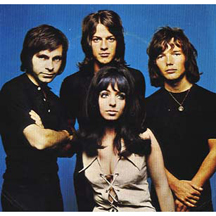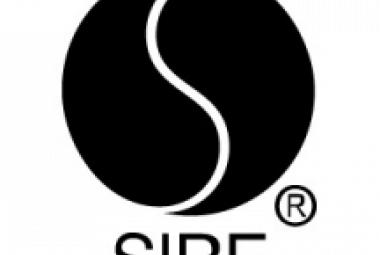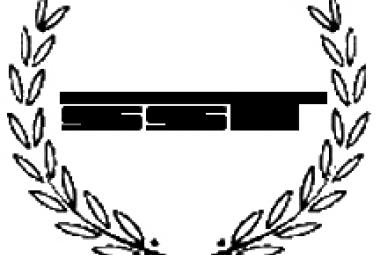SHOCKING BLUE
Shocking Blue was a Dutch rock band from The Hague, the Netherlands, formed in 1967. Their biggest hit, “Venus”, went to No. 1 on the Billboard Hot 100 in February 1970, and the band had sold 13.5 million discs by 1973, but the group disbanded in 1974 because Mariska Veres looked to start a solo career. (More from Wikipedia)
My own Wikipedia handle is “Shocking Blue”, the name of a Dutch rock band that I have been particularly enamored with for several decades.
Everyone knows Shocking Blue’s big hit song “Venus”, a massive, worldwide Number One hit in 1970 and I believe the biggest-selling single ever by a Continental European band. In 1986, “Venus” was Number One on the charts for a second time as performed by the British pop band Bananarama. A third version of “Venus” by a Japanese singer named hitomi came out in 2005; while not a hit song over here, her version was featured in commercials for the Gillette female razor line called Venus beginning in 2006 (it still is if I am not mistaken). Finally, the curious band Stars on 45 (also from the Netherlands) had a Number One hit in 1981 consisting of a medley of Beatles songs. The opening chords from “Venus” are played at or near the beginning of this song (often called “Stars on 45 Medley”); arguably, then, “Venus” made the top of the charts on three occasions – a feat no other song has ever achieved. Another remarkable fact is that the Shocking Blue version of “Venus” appeared in the soundtrack of two major motion pictures during the same year (1995): The Brady Bunch Movie and Grumpier Old Men.
Shocking Blue’s American album is strangely called The Shocking Blue (the band name itself doesn’t include “The”, even on the record label for that album), and I simply love it. The first time I played it 25 or more years ago, I actually got up from my chair and restarted the record: I could not believe that the opening track, “Long and Lonesome Road” was that good. As I listened to a retrospective album that I found later called Classics over the years, I realized that there were subtle changes in their style and even differences in the basic sound of the recordings that could only reflect a long career spanning several albums. As far as I knew, there was not even a hint of that on this side of the Atlantic, where Shocking Blue is viewed as a “one hit wonder”.
Not a small part of my excitement about going to Europe in 1995 was the anticipation of finding some of those albums in French and Dutch record stores – and I hit pay dirt several times during that trip, bringing back I believe four Shocking Blue albums with me (3 LP’s and one CD). I found out in the process that the LP was alive and well in Europe, whereas over here, CD’s and cassettes had just about pushed LP’s from record stores entirely. An Internet friend that I corresponded with for years who is a true expert on what is known as “Nederpop” (and on European rock in general), Alex Gitlin generously sent me several other Shocking Blue LP’s at a later date. I didn’t have a complete set of Shocking Blue albums, but it was close. When gathering up my albums from the debris of Hurricane Katrina, I paid especial attention to my Shocking Blue albums, and they were among the first that I cleaned up and was able to play again.
The depth of my obsession with Shocking Blue is reflected in the name of my bichon frisé (who just passed away a couple of months ago – his 16th birthday would have been in a few days): Robby van Leeuwen, a combination of Robby the Robot from one of my all-time favorite movies, Forbidden Planet with the name of the bandleader of Shocking Blue, Robbie van Leeuwen.
(August 2012)
* * *
Items: Shocking Blue















